Palladium Chamber Series: Mozart & Dvořák Viola Quintets
Wednesday, Mar. 27, 7:30pm
Hough Concert Hall
Wednesday marks the much-anticipated return of the Palladium Chamber Series, with a program that shines the spotlight on an instrument often overshadowed by its stringed brethren – the viola.
Led by artistic director/violinist Jeffrey Multer, the concert will feature three of the ensemble’s core members, alongside two distinguished guest performers. Joining Multer are Danielle Farina on viola, Che-Yen Chen as guest violist, Edward Arron on cello, and Amy Schwartz Moretti as guest violinist.
For tickets and additional information, please follow this link.
Kurt Loft offers an insightful preview of the upcoming performance, which is included below.
By Kurt Loft
If Rodney Dangerfield played the viola, he’d still use the same comic line: “I don’t get no respect.’’
Thankfully, Dangerfield never took up the viola, but he was right about this poor instrument, stuck in between its more prominent siblings, the violin and cello, and often assigned a role to blend in rather than outshine them.
Well, we say to hell with all that. And so did two famous composers, Wolfgang Amadeus Mozart and Antonín Dvořák, who both wrote music not just for one viola, but two. They felt this noble instrument can stand on its own, and show the violin and cello a thing or two about fiddling.
If you need two masterworks to prove our point, check out Wednesday’s performance by the Palladium Chamber Players. The group features Danielle Farina and Che-Yen Chen on violas (notice the top billing), Jeffrey Multer and Amy Schwartz on violins, and Edward Arron on cello.
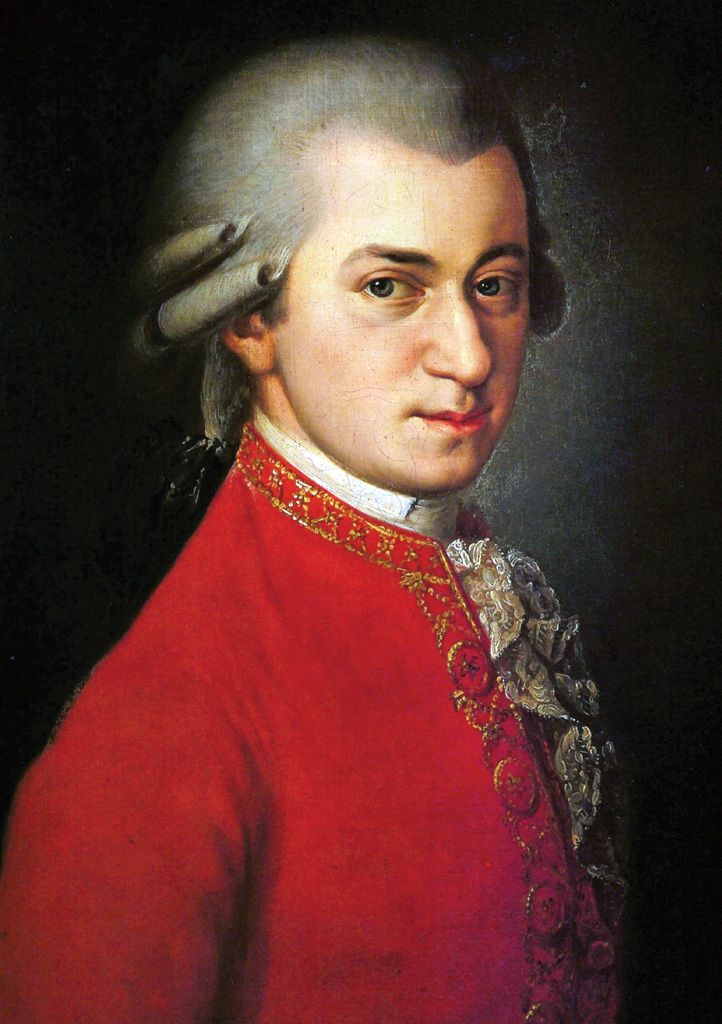
The players devote the first half of the concert to Mozart’s String Quintet in G minor, K. 516, a stark work far removed from the usually ebullient Mozart most of us have come to love. Here was a consummate exploration of the tonal richness of five strings, the extra viola adding gravitas, the instruments free to run counterpoint with one another in textures that eclipse the traditional string quartet.
The opening allegro sets the tone of anguish from the first notes to the last, giving us a rare look at Mozart in turmoil. Fragmented, unresolved chords and phrases add to the tension. The menuetto that follows is anything but a polite dance, as the music − tinged in sadness − rings out as a plea.
Mozart balances the work with two back-to-back adagios, the first of which moved Tchaikovsky to tears. After attending a performance, he wrote: “No one else has ever known how to interpret so beautifully and exquisitely the feeling of resignation and sorrow. I had to hide in the farthest corner of the concert hall so that others wouldn’t see how much this music affected me.’’
The final section quotes themes from the opening to create a cohesive arc. Then, unexpectedly, Mozart lifts the gloom by shifting to G major, sparing us from what otherwise would be a downward spiral. Scholars have questioned why the work ends on a carefree note after so much darkness, but many suspect Mozart − ever the optimist − just wanted to turn on the lights.
One the second half is Dvořák’s String Quintet in E-flat Major, Op. 97, which he composed with easein five weeks during his summer in the Czech village of Spillville, Iowa. His motivation was to write something “melodic and simple,’’ which sets it apart from the Mozart on this program.
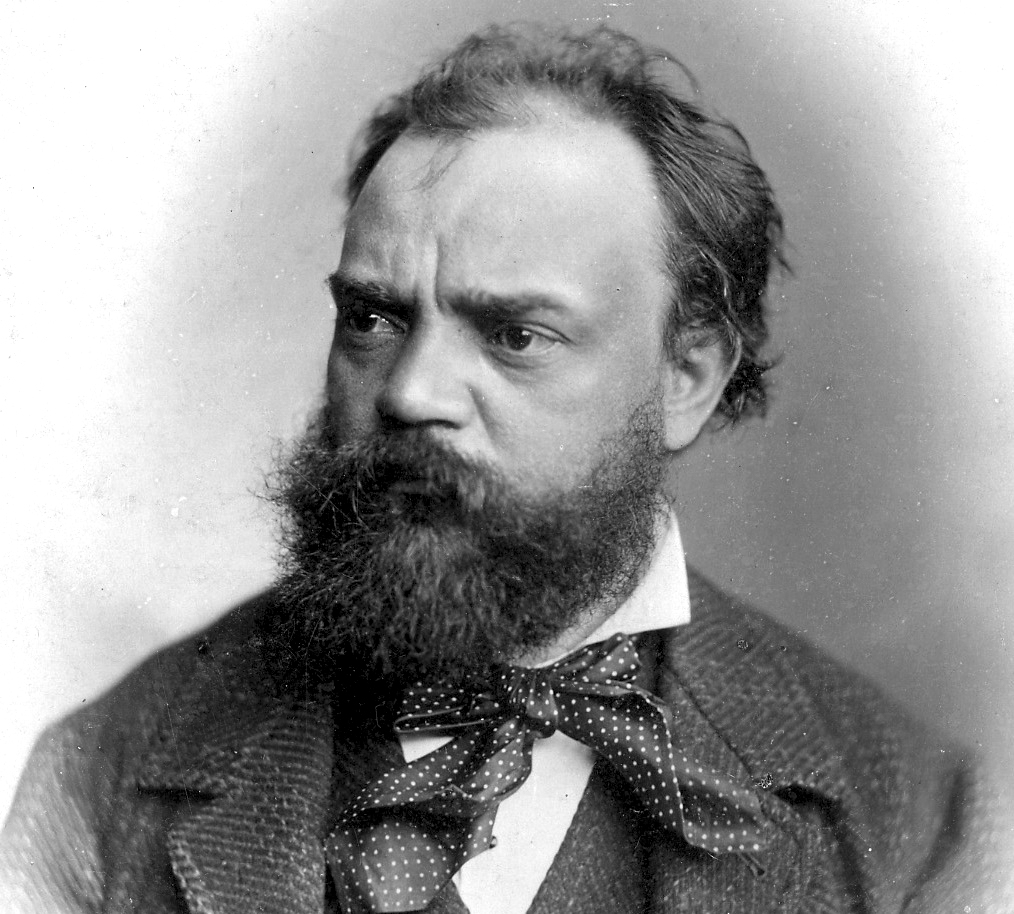
Dvořák based the distinctive melody that opens the work on the five-note pentatonic scale he observed in native American folk music, although the scale had long been part of the European vocabulary. Dotted rhythms punctuate a second theme believed to be inspired by an American Indian song.
The viola comes alive in the second movement with a catchy, repeated phrase against counter melodies from its colleagues and a soulful trio played again by the viola. The larghetto employs a tune the composer wrote for a prospective new American national anthem, set to the words “My country, ‘tis of thee.’’ With great felicity, Dvořák runs the melody through five variations.
The finale is all forward motion, a rapid-fire theme percolating with pizzicatos, a quick return to the opening of the work, and a joyful coda to bring down the house.

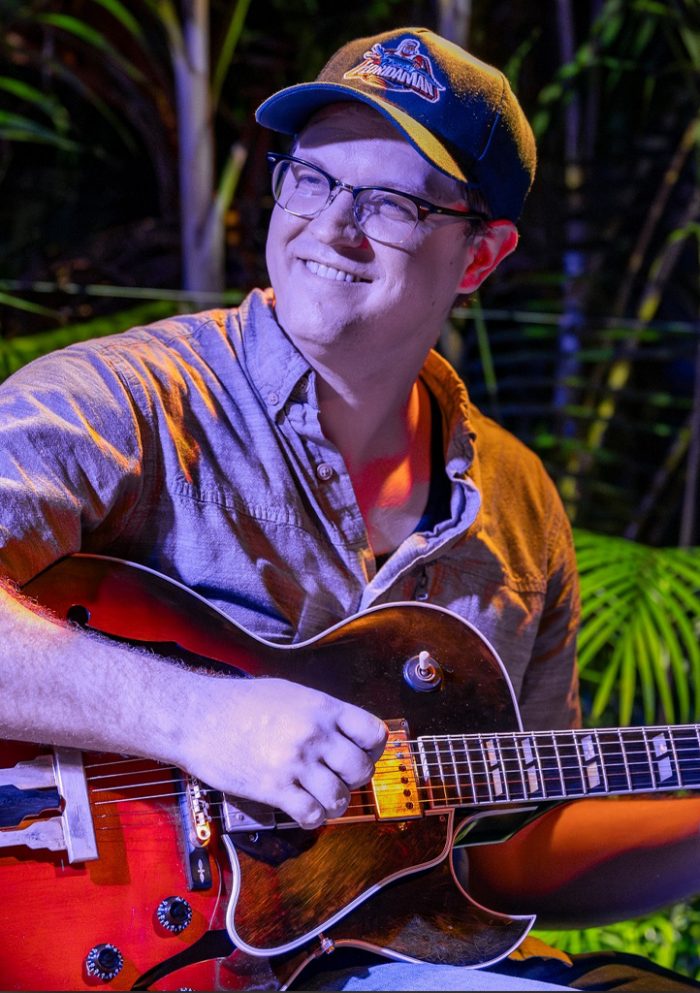

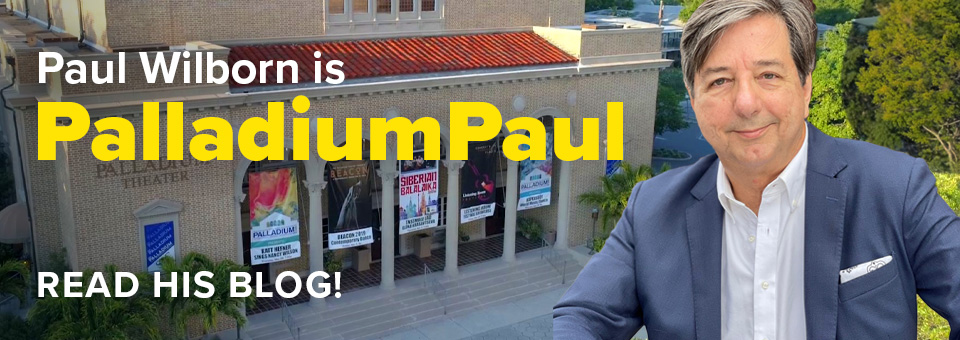
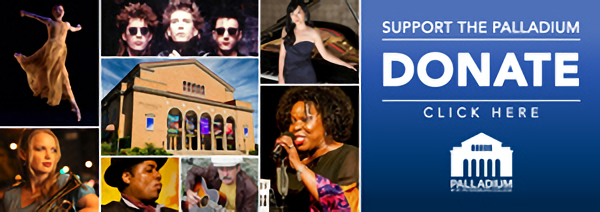

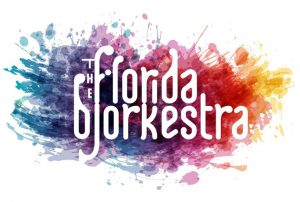

Leave a Reply